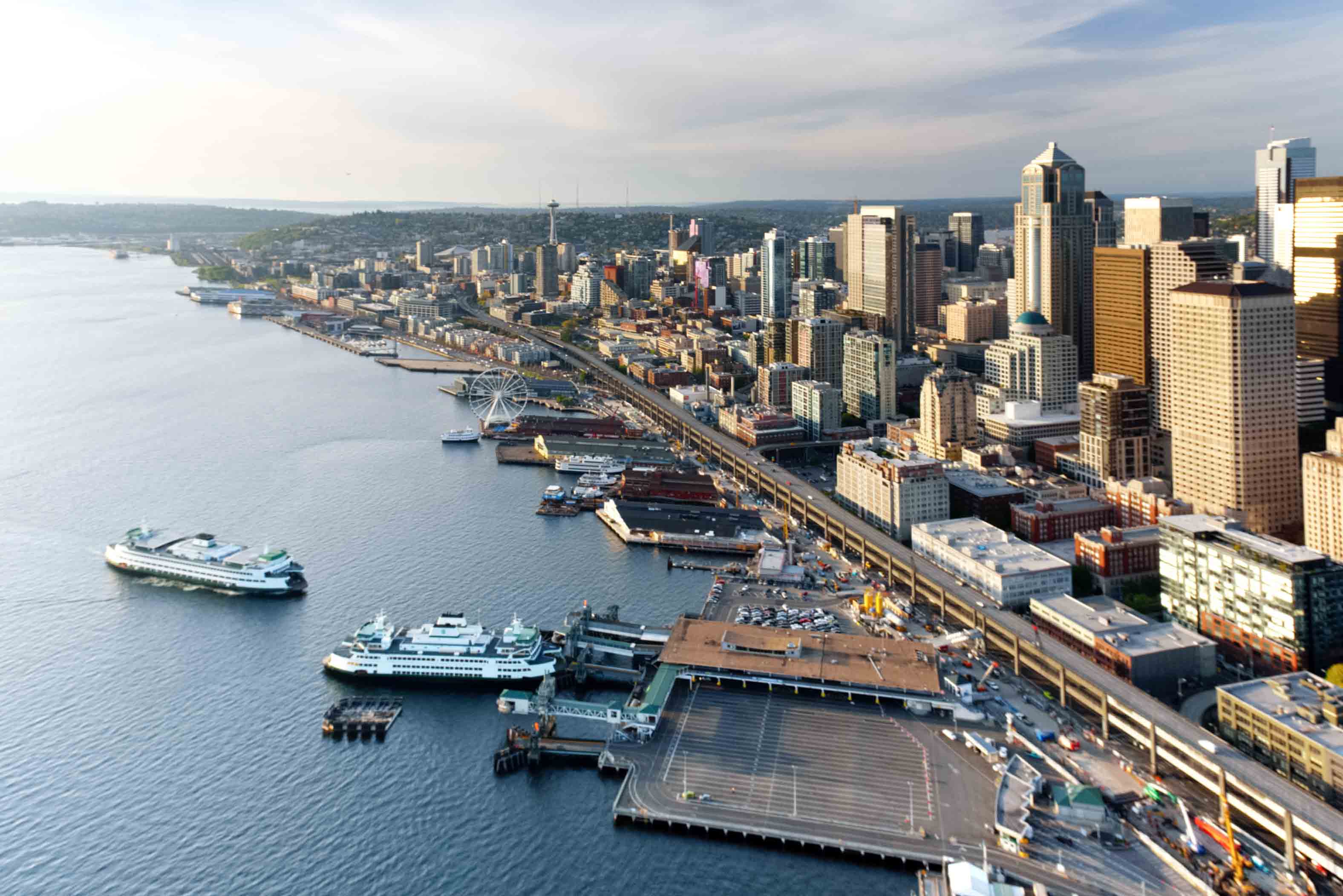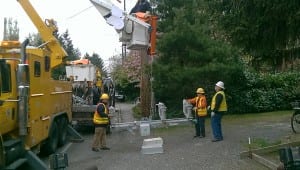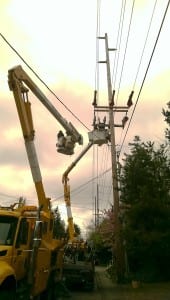 Seattle City Light has completed installation in Shoreline and Lake Forest Park of automated switching technology that is designed to speed the restoration of service when a power line is damaged.
Seattle City Light has completed installation in Shoreline and Lake Forest Park of automated switching technology that is designed to speed the restoration of service when a power line is damaged. Seattle City Light has completed installation in Shoreline and Lake Forest Park of automated switching technology that is designed to speed the restoration of service when a power line is damaged.
“Any loss of electricity service can be inconvenient and frustrating,” said Michael Pesin, City Light’s smart grid architect. “City Light is using technology to speed the restoration of service and reduce the impact on our customers.”
Crews installed the equipment on two feeder lines in a pilot program to test its performance during storm season this fall and winter. The equipment is now fully operational.
The new technology is designed to recognize outages and automatically close or open switches to isolate the affected section of a circuit. Power is re-routed to restore service to the areas that are not directly affected. This process takes place in a matter of seconds.
In addition, the technology gives City Light the ability to actively monitor and manage its distribution system in real time. It will improve the utility’s response to outages and incidents, which will save time and money while improving customer service.
If the pilot effort proves successful, City Light intends to install the technology, called distribution automation, on other feeder lines throughout its service territory.
The equipment is part of a larger effort to build a smarter grid in Seattle. Other components include technology to monitor and control substations, advanced meters and components to optimize the delivery of electricity to customers. Installation of these technologies will support the utility in reducing energy losses, improving the integration of electricity generated by solar panels on customers’ roofs and providing enhanced support for customers with electric vehicles.
Seattle City Light is the 10th largest public electric utility in the United States. It has some of the lowest cost customer rates of any urban utility, providing reliable, renewable and environmentally responsible power to about 750,000 Seattle area residents. City Light has been greenhouse gas neutral since 2005, the first electric utility in the nation to achieve that distinction.

